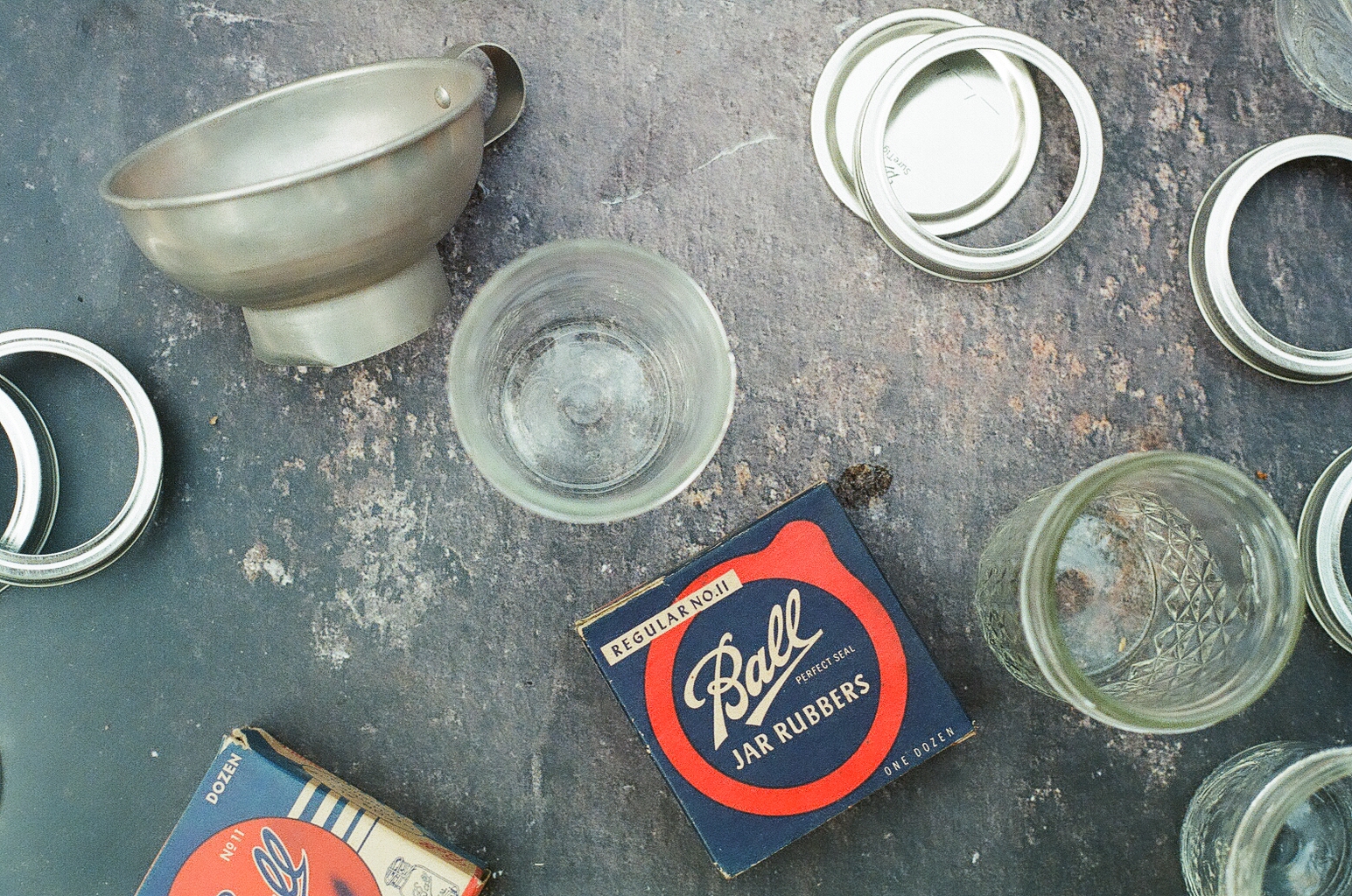Pumpkin Butter
I never really understood why pumpkin was such an obsessively “Fall” thing. I mean sure, that’s when pumpkins are in season, but anything can be canned and used all year round and it’s just such a versatile gourd. And it tastes good, so there’s that.
Among the many things we did while in Wears Valley, Tennessee, was visiting a corn maze and pumpkin patch. I must concede that the pumpkins were just for sale there, I have no idea where they were grown. But I assume that it was nearby. They had so many different varieties of beautiful pumpkins that I decided to take the opportunity to cook some and can it for the year. My original intention was to just can pumpkin purée but while at the Great Smoky Mountains National Park gift shop I found a small cookbook with a collection of historical recipes that included pumpkin butter. The recipe comes from a 1913 newspaper clipping entitled: Choice Recipes for September, though in my opinion it’s best used at the beginning of December as the Christmas decorations are brought out and the decorative pumpkins are otherwise found obsolete.
The recipe made me laugh as it starts out with 3 gallons of apple cider and yet there’s no designation for the amount of pumpkin. A big one I guess. So I saw it as a challenge. I did a little research online and decided on several smaller pumpkins instead of one large one, and two different varieties of pumpkin - Jarrahdale and Cinderella. The unfiltered apple cider I got at The Apple Barn on the outskirts of Pigeon Forge. I think it ended up being about 15 lbs of pumpkin before prep.
1913 Recipe:
Boil three gallons of sweet [apple] cider until reduced one half. Prepare the pumpkin by peeling, removing the seeds and all stringy parts. Runt he pumpkin through a food chopper of slice quite thinly, add the cider and boil together steadily one hour, then add one-half gallons of sugar, two tablespoons of stick cinnamon and two tablespoons of star-Annie’s (anise), then boil another hour or until thick. The quantity may be increased if liked. Stir to prevent scorching.
Note: Spices may be replaced with ginger or other flavorings.
Once I got back to Augusta this whole project took me almost two days. It took me an initial day to get everything else I needed as well. I couldn’t get my hands on star annis so I opted for fresh ginger, peeled and cut into large junks to make it easier to remove at the end, and a handful of cinnamon sticks. It took about 6 total hours for the apple cider to reduce by half and cutting the pumpkins was exhausting, taking several hours to get the hard rind off and get to the more fleshy interior. (It was later suggested that I bake them a bit next time to soften them up before cutting and that should help.) The pumpkins were so pretty it was almost a shame to slice into them. I had trouble deciding between brown sugar and molasses as a sweetener and honestly either one should work. A lot of canning is trial and error, cooking till it’s the consistency you want, and being willing to go with the flow.
The canning process is honestly the easiest. Sterilize the jars (I typically run them through a hot cycle in the dishwasher) and the lids (which I bring to a boil in a sauce pan on the stovetop. Once the pumpkin butter is at a boil and cooked down to the desired consistency, ladle into jars and place the lid on top, being careful to touch only the top. The rings aren’t really necessary but they help keep the lids in place as the jars cool and the heat seals them. Try to find a safe place to set the jars while canning so that they don’t get jostled during the cooling process. It’s fun to listen to the lids as they make popping noises throughout the next few hours as the little button pops down as it seals.
This recipe was honestly a lot more time intensive than I expected considering that the recipe is only a paragraph long. But I stuck with it and in the end I had almost 2 gallons of pumpkin butter, ready to be spread on biscuits over good conversation with friends and family, at any time of the year.













